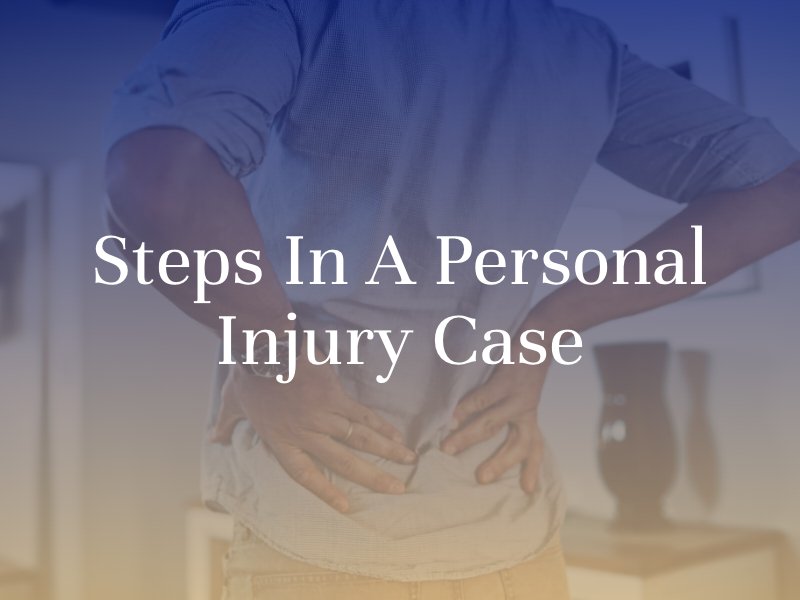
Steps To Take In a Personal Injury Case
Colburn Law
Posted in Personal Injury on October 31, 2023
Navigating the aftermath of an accident or injury can be challenging, with emotions running high and questions looming about the steps to take in a personal injury case. The process of seeking legal compensation involves several stages, each crucial to ensuring that justice is served and the injured party receives the compensation that he or she deserves. If you are filing a personal injury lawsuit, here are the steps that you should expect during the process.

Step #1: Consult with an Attorney
The first and foremost step in any personal injury case is to consult with an attorney. There are different questions you can ask your attorney for clarification. A Seattle personal injury lawyer will provide invaluable guidance on the viability of your claim, potential damages, and the course of action best suited to your circumstances. With his or her expertise, your attorney can lay the foundation for a strong case and advise you on the complexities of the legal system.
Step #2: Compile Evidence
Once you’ve engaged with an attorney, the next task is gathering all pertinent evidence related to the incident. This includes photographs, videos, witness testimonies, medical records, and any other documentation that can substantiate your claim. A comprehensive collection of evidence will strengthen your case and increase the chances of a favorable outcome.
Step #3: Send an Initial Demand Letter
Before filing a lawsuit, it’s common practice to send a demand letter to the party responsible for the injury. This letter outlines the nature of the injury, the damages sought, and the legal basis for the claim. It serves as an initial attempt to resolve the matter and negotiate a settlement without resorting to court proceedings.
Step #4: File Your Lawsuit and Begin Discovery
If the demand letter doesn’t result in a satisfactory resolution, the next step is filing a formal lawsuit in civil court. Once filed, both parties will engage in the discovery process, where they exchange information and evidence pertinent to the case. This phase can involve written questions, depositions, and document requests, allowing both sides to prepare for trial.
Step #5: Engage in Pre-Trial Negotiations
Before the trial begins, there’s an opportunity for both parties to come to a settlement through pre-trial negotiations. These discussions, often mediated by lawyers or a neutral third party, aim to find a mutually agreeable resolution without the need for a trial. If you can reach an agreement during negotiations, the case will conclude and you will receive a settlement.
Step #6: Proceed to Trial
If negotiations don’t yield a settlement, the case advances to trial. Here, both sides will have the opportunity to present their evidence, call upon witnesses, and make their arguments before a judge or jury. This stage can be lengthy and requires careful preparation, as the decision reached will have lasting implications for all parties involved.
Step #7: Recover Compensation
Upon the conclusion of the trial, if the judgment is in your favor, the next step is the recovery of compensation. The amount awarded will be determined by the severity of the injury, medical expenses, loss of wages, and other factors deemed relevant by the court.
After a serious injury, it is natural to feel overwhelmed and unsure of the path ahead. By obtaining the help of a Seattle personal injury lawyer, you can navigate the legal system with confidence and support. As soon as possible after the accident, contact an attorney to discuss your case and plan your next steps.



